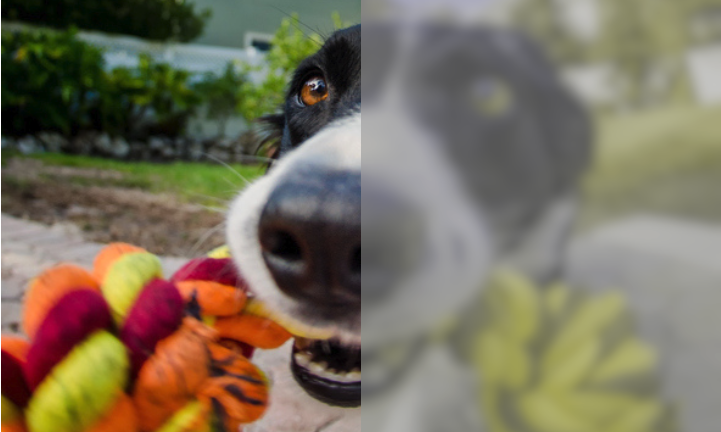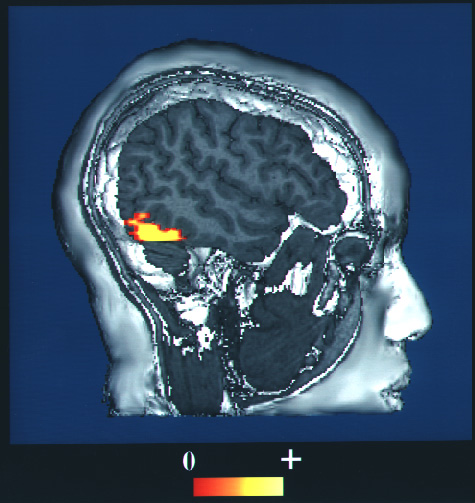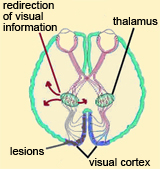Tuesday, 13 December 2022
The Dog Vision

The Dog VISION website pulls off the neat trick of giving you some idea of how dogs see the world. As you probably know, every species of animal has its own particular set of sensory systems through which it perceives not THE world but rather ITS world. Thinkers such as James Gibson (pp. 26-34) and Francisco Varela (pp.191) developed their ideas about this relationship between an animal’s body and its environment in the 1970s and 1980s, drawing on the pioneering work of Jakob von Uexküll and his landmark book A Foray Into the Worlds of Animals and Humans, published in 1934. All of these biologists, psychologists and philosophers (I’m also thinking of Thomas Nagel and his famous paper, “What Is It Like to be a Bat?” ) have warned us against the ready temptation to assume that other species of animals have the same relationship with the world that we do. For example, Varela, who studied colour perception extensively, liked to say that every species “lives in its own chromatic space” and that for any given species, this space is not necessarily optimal, but has simply proven adequate to ensure the survival of that species to the present time. (more…)
The Senses | Comments Closed
Wednesday, 30 September 2020
The expertise account, or, why the brain’s face-recognition area can be activated by the sight of a chessboard

In a 2017 article on the chess website chessable, entitled “Beating Magnus after a month of training: the neuroscience of why learning chess is so much harder than learning a language”, author David Karmaley writes: “A fascinating finding from neuroscience is that your brain starts using the fusiform face area to store chess positions! This is the part of the brain usually responsible for human face recognition.”
Karmaley seems surprised that a part of the brain associated with face recognition is also used to recognize the positions of pieces on a chessboard, and at first glance, the connection may seem puzzling. But a theory known as the expertise account offers a highly plausible explanation. (more…)
From the Simple to the Complex, From Thought to Language | Comments Closed
Tuesday, 22 September 2015
Seeing without knowing it : the strange phenomenon of blindsight
 This week I’d like to share some information about the fascinating phenomenon of blindsight, along with links to other articles on this subject. People can become blind as the result of damage to the retina, but in rarer cases blindness can occur when both sides of the visual cortex are damaged. The latter situation can lead to the strange phenomenon known as blindsight or unconscious vision, in which people believe that they can’t see anything, but can nevertheless correctly identify the positions of objects in space. If you ask these people where a certain object or point of light is, they will say they don’t know, but if you insist and ask them to take a chance, guess, and point in the direction where they think the object or light might be, most of the time, they’ll point in the right direction. (more…)
This week I’d like to share some information about the fascinating phenomenon of blindsight, along with links to other articles on this subject. People can become blind as the result of damage to the retina, but in rarer cases blindness can occur when both sides of the visual cortex are damaged. The latter situation can lead to the strange phenomenon known as blindsight or unconscious vision, in which people believe that they can’t see anything, but can nevertheless correctly identify the positions of objects in space. If you ask these people where a certain object or point of light is, they will say they don’t know, but if you insist and ask them to take a chance, guess, and point in the direction where they think the object or light might be, most of the time, they’ll point in the right direction. (more…)
Tuesday, 29 April 2014
A “cyborg” which hears more than what we see
 Since 2004, Neil Harbisson has regarded himself as the first “cyborg” to be recognized as such by the government of a country—in his case, the United Kingdom, which has given him permission to appear in his passport photo with the small portable camera that he always wears on his forehead. This camera enables him not only to see colours, but also to hear them!
Since 2004, Neil Harbisson has regarded himself as the first “cyborg” to be recognized as such by the government of a country—in his case, the United Kingdom, which has given him permission to appear in his passport photo with the small portable camera that he always wears on his forehead. This camera enables him not only to see colours, but also to hear them!
Harbisson was born in 1982 with a rare congenital vision disorder called achromatopsia—the inability to see colours. This disorder can also arise following a brain injury, as neurologist Oliver Sacks reported in his writings. But Harbisson has seen the world only in black and white ever since he was born. (more…)
The Senses, Uncategorized | Comments Closed
Monday, 3 June 2013
Seeing What’s in Your Eye

The structure of your eye is a lot like that of a traditional film camera. The lens of your eye is like the camera’s lens. Your iris is like the diaphragm, and your retina, at the very back of the eye, acts like the light-sensitive film.
However, there is a hole in your retina that lets the axons of its ganglion cells (a kind of neuron) exit the eye while letting blood vessels enter to irrigate all of the retina’s neurons. This hole creates a true “blind spot” in your field of vision. You don’t notice this blind spot in your daily life. (more…)
The Senses | Comments Closed







